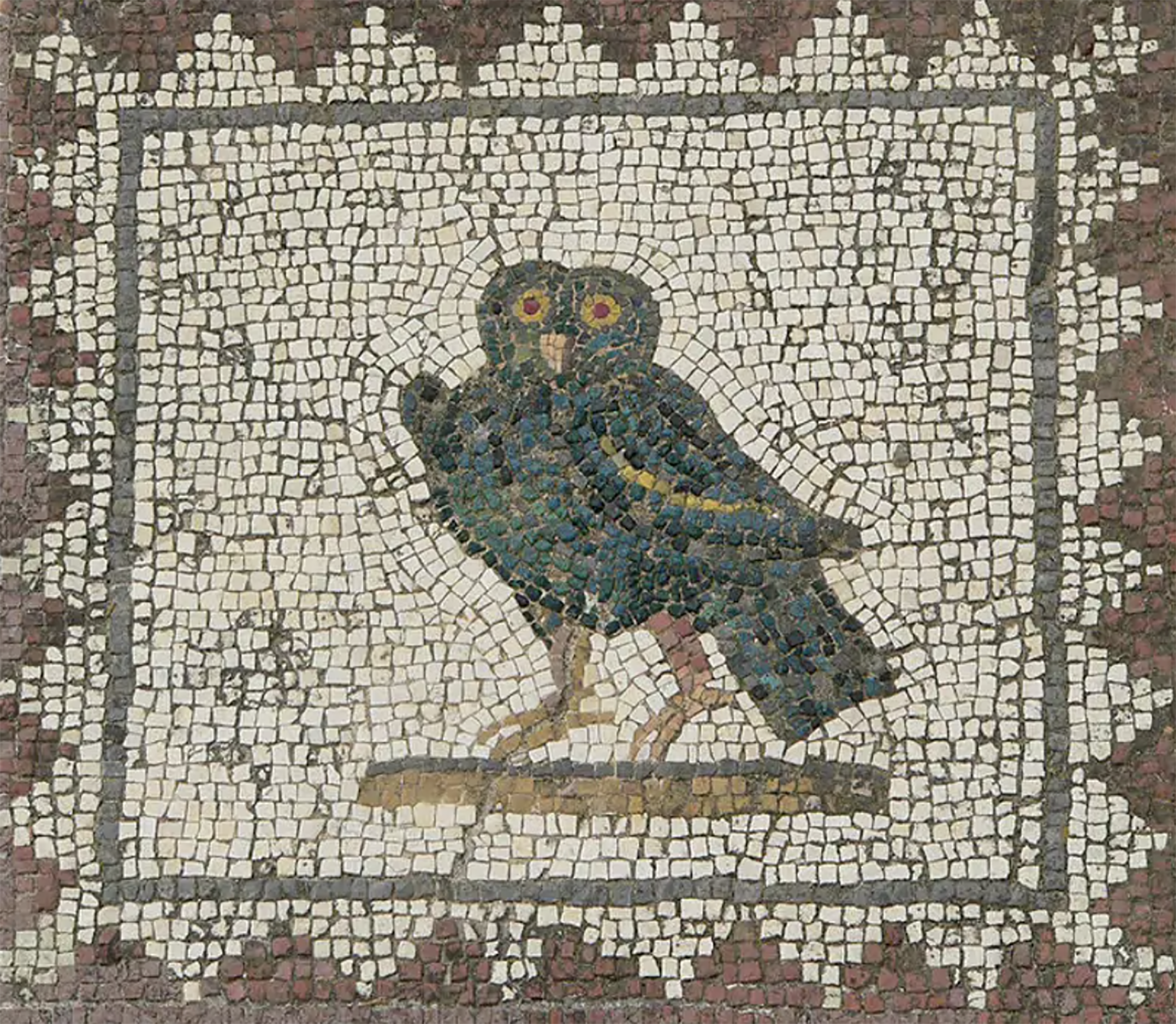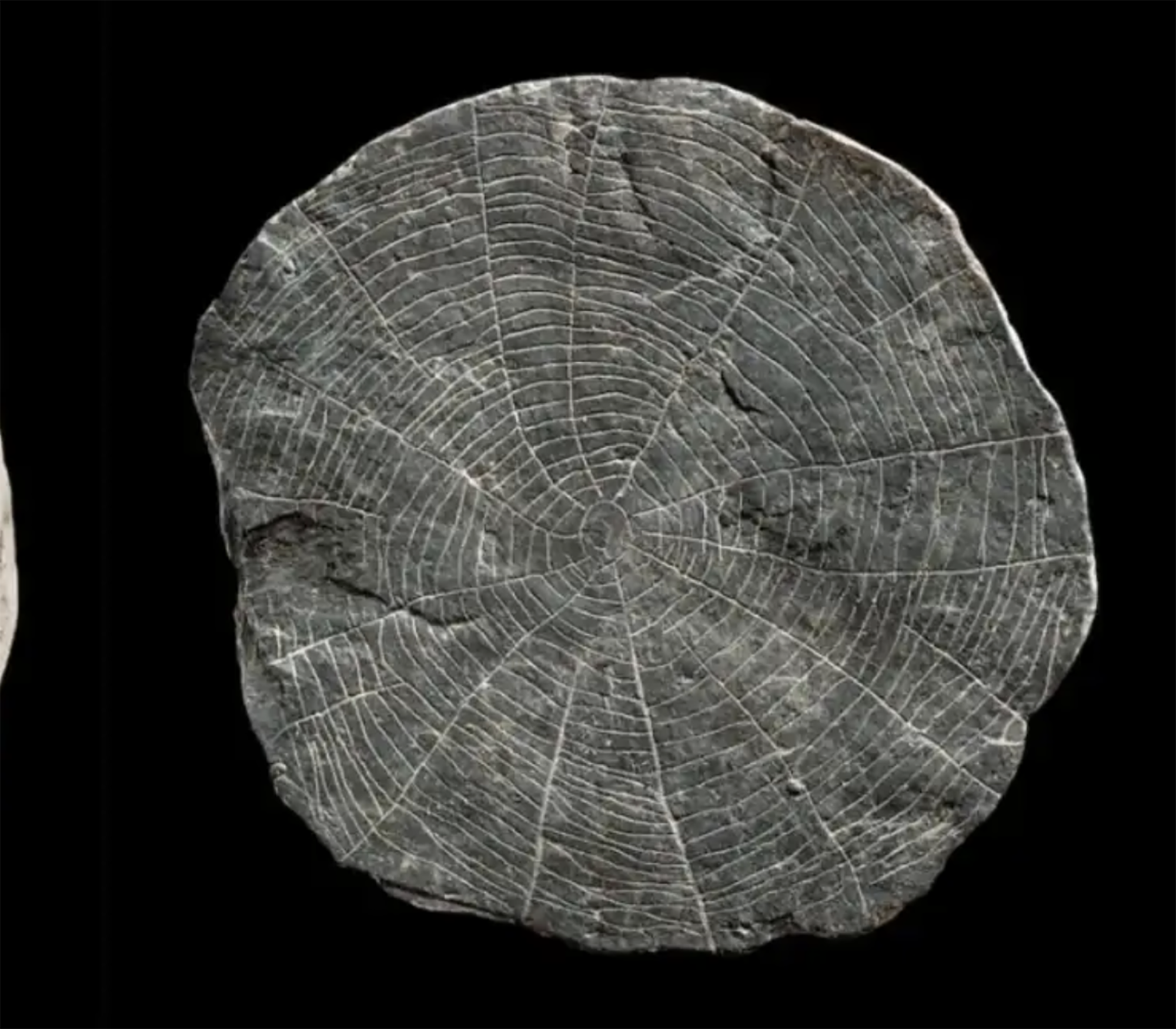Wax: between life and death

Paris 1845. The Labortan economist and politician Frédéric Bastiat (1801-1850) wrote the satire Pétition des fabricants de chandelles (The Request of the Sailing). Fiercely opposed to protectionism, he ironistically stated that the sailing boats asked for protection against "the competition of a foreign competitor offering its light at too low prices", and that the foreign light supplier was the Sun.
The satire, in the mid-19th century, was at the top of the candle industry, after in 1834, in Manchester, craftsman Joseph Morgan patented the machine that allowed mechanized production. But soon came rivals harder than the Sun, first kerosene lamps and then incandescent bulbs in 1879.
Before that, there was also a great deal of candlestick in the Basque Country. In the early 17th century, for example, the profession that cultivated wax in Vitoria was one of the most important. Elsewhere, for example, in Tolosaldea, candle making and paper making were hand in hand as both used the same raw material: paraffin. And something like that happened with bakery. The pastry shops, when purchasing honey from bees, also had wax, and in some cases Bastiate hated so much the laws and protectionist rules that obliged the pastry shops to buy wax as well. In addition, similar packaging and tools were used in both activities. Thus, some produced the two products at the same time and others, however, jumped from one activity to another. For example, the chocolate company that Norberto Nafarrate had in San Sebastian at the end of the 19th century moved to Salvatierra, where he made wax until the Nafarrete factory had to close its doors in the 1960s.
In Tolosaldea, candle making and paper making were hand in hand, as they used the same raw material: paraffin. And something like that happened with bakery goods.
The candles that were manufactured in this factory had a religious use, as living beings had ceased to be the wax market and were mainly used to give birth to the dead.
The use of candles in rituals comes from Antiquity and are currently used in various religions. Wax has had great weight in the rituals associated with the deceased in Catholicism. Argizaiolas – and their threaded collections – have traditionally been used in tribute ceremonies to the dead in the Basque Country.
Wax and grief
At the time when the deceased were buried in the churches and the families had their own reclinators, they ignited the argizaiolas before the footprints. But as the habit of burying the dead in cemeteries and removing the occupants of the churches spread, the argizaiolas went extinct and the final blow occurred in Vatican II. It was granted by the Council in 1965, when it decided to replace individual reclinatoria with continuous banks. In the church of San Bartolomé de Amezketa this transformation was not carried out and reclinatoria are still being used. And every year they keep on igniting the argizaiolas to give birth to their dead.
But, with exceptions, the habit of cultivating wax and paying tribute to the dead has been lost in our land. For this reason, the University of the Basque Country/Euskal Herriko Unibertsitatea, as part of the summer course programme, will take the course “Argizari galdua: archivers, knowledge and creation” in Baiona on 19 July, within the broad programme of the same name. The course aims, among others, to value and protect the know-how related to the production of wax, “a handicraft in danger of extinction”. But, in addition, it is important to note that these ancestral practices guaranteed a closer and more natural relationship between the living and the dead, with the loss of wax and the loss of that connection between life and death.
Japonia, XV. mendea. Espioitzan eta hilketa ezkutuetan espezializatutako eliteko talde militarra sortu zen. Edo horixe uste du behintzat Stephen Turnbull historialari britainiarrak. Beste aditu batzuen ustez, askoz lehenago sortu ziren ninjak, duela 2.300-2.500 urte inguru. Eta... [+]
Eskultura grekoerromatarrek bere garaian zuten itxurak ez du zerikusirik gaurkoarekin. Erabilitako materiala ez zuten bistan uzten. Orain badakigu kolore biziz margotzen zituztela eta jantziak eta apaingarriak ere eransten zizkietela. Bada, Cecilie Brøns Harvard... [+]
Chão de Lamas-eko zilarrezko objektu sorta 1913an topatu zuten Coimbran (Portugal). Objektu horien artean zeltiar jatorriko zilarrezko bi ilargi zeuden. Bi ilargiak apaingarri hutsak zirela uste izan dute orain arte. Baina, berriki, adituek ilargietan egin zituzten motibo... [+]
Hertfordshire (Ingalaterra), 1543. Henrike VIII.a erregearen eta Ana Bolenaren alaba Elisabet hil omen zen Hatfield jauregian, 10 urte besterik ez zituela, sukarrak jota hainbat aste eman ondoren. Kat Ashley eta Thomas Parry zaintzaileek, izututa, irtenbide bitxia topatu omen... [+]
Luxorren, Erregeen Haranetik gertu, hilobi garrantzitsu baten sarrera eta pasabide nagusia aurkitu zituzten 2022an. Orain, alabastrozko objektu batean Tutmosis II.aren kartutxoa topatu dute (irudian). Horrek esan nahi du hilobi hori XVIII. dinastiako faraoiarena... [+]
AEB, 1900eko azaroaren 6a. William McKinley (1843-1901) bigarrenez aukeratu zuten AEBetako presidente. Berriki, Donald Trump ere bigarrenez presidente aukeratu ondoren, McKinleyrekiko miresmen garbia agertu du.
Horregatik, AEBetako mendirik altuenari ofizialki berriro... [+]
Urruña, 1750eko martxoaren 1a. Herriko hainbat emakumek kaleak hartu zituzten Frantziako Gobernuak ezarritako tabakoaren gaineko zergaren aurka protesta egiteko. Gobernuak matxinada itzaltzeko armada bidaltzea erabaki zuen, zehazki, Arloneko destakamentu bat. Militarrek... [+]
In the Maszycka cave in Poland, remains of 18,000 years ago were found at the end of the 19th century. But recently, human bones have been studied using new technologies and found clear signs of cannibalism.
This is not the first time that a study has reached this conclusion,... [+]
Porzheim, Germany, February 23, 1945. About eight o’clock in the evening, Allied planes began bombing the city with incendiary bombs. The attack caused a terrible massacre in a short time. But what happened in Pforzheim was overshadowed by the Allied bombing of Dresden a few... [+]
Judea, 2nd century AD. In the turbulent atmosphere of the Roman province, a trial was held against Gaddaliah and Saul, accused of fraud and tax evasion. The trial was reported on a 133-line paper in Greek (pictured). Thinking that it was a Nabataean document, the papyrus was... [+]
Poloniar ikerlari talde batek Sevillako Italica aztarnategiko Txorien Etxea aztertu du, eta eraikinaren zoruko mosaikoak erromatar garaiko hegazti-bilduma xeheena dela ondorioztatu du.
Txorien etxean 33 hegazti daude mosaikoetan xehetasun handiz irudikatuta. Beste... [+]
Archaeologists have discovered more than 600 engraved stones at the Vasagård site in Denmark. According to the results of the data, dating back to 4,900 years ago, it is also known that a violent eruption of a volcano occurred in Alaska at that time. The effects of this... [+]
Vietnam, February 7, 1965. The U.S. Air Force first used napalma against the civilian population. It was not the first time that gelatinous gasoline was used. It began to be launched with bombs during World War II and, in Vietnam itself, it was used during the Indochina War in... [+]
Japan, 8th century. In the middle of the Nara Era they began to use the term furoshiki, but until the Edo Era (XVII-XIX. the 20th century) did not spread. Furoshiki is the art of collecting objects in ovens, but its etymology makes its origin clear: furo means bath and shiki... [+]
In an Egyptian mummy of 3,300 years ago, traces of Yersinia pestis, the bacterium that caused the Justinian plague in the 6th century and the Black Plague in the 14th century, have just been found.
Experts until now believed that at that time the plague had spread only in... [+]

























